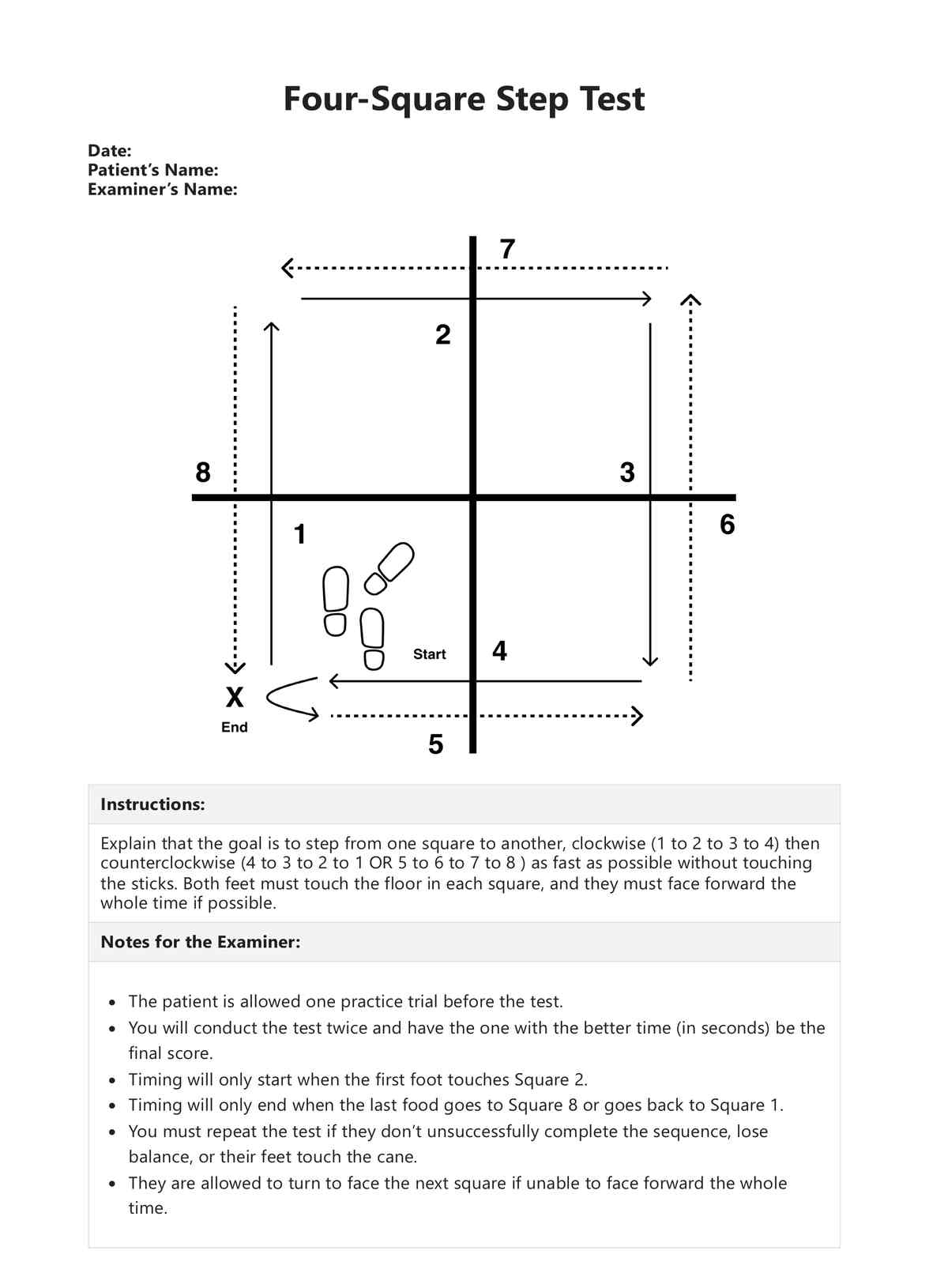If negative is equivalent to a failed test, a test has a negative result if the patient fails to do the test even after two attempts. The interpretation of this result is that the patient has an increased risk of falls.
On the other hand, a positive test doesn’t only mean that the patient was able to do the test successfully but they must also be able to complete the test in less than 15 seconds without assistance. The interpretation then of this result is that they are not at risk for falls.












